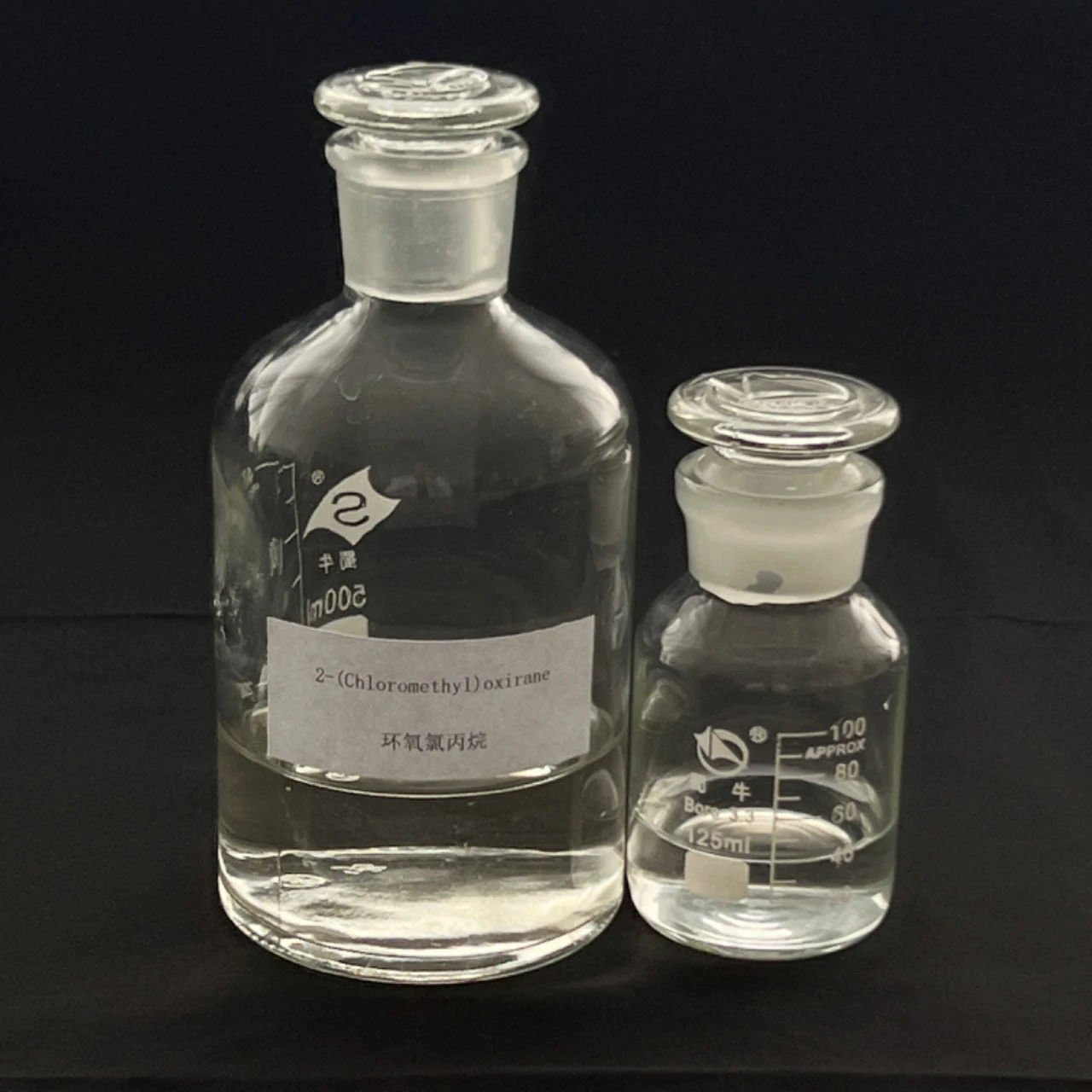Methyltriphenylphosphonium bromide (often referred to as Ph3P+CH3Br-) is a quaternary ammonium salt. It doesn’t contain an ammonium cation but rather a phosphonium cation (Ph3P+) combined with a methyl group (CH3) and a bromine anion (Br-). Despite this difference in cation, it functions similarly to quaternary ammonium salts in various chemical reactions.
Here’s how it functions:
- Structure: It has a positively charged phosphonium group (Ph3P+) and a negatively charged bromine ion (Br-). The positively charged phosphonium atom can be attacked by nucleophiles due to its electrophilic nature.
- Nucleophilic Reactions: Methyltriphenylphosphonium bromide is often used in nucleophilic substitution reactions. In these reactions, the nucleophile attacks the electrophilic carbon atom of the methyl group (CH3). This results in the replacement of the bromine ion with the nucleophile.
- Quaternary Ammonium Catalyst: Even though it doesn’t contain an ammonium cation, it can function as a quaternary ammonium salt catalyst. For example, it can be used in phase-transfer catalysis, where it helps facilitate reactions between substances that are present in different phases, such as an organic and aqueous phase. The positively charged phosphonium group helps transfer a reactant or reagent from one phase to another.
- Dealkylation: Methyltriphenylphosphonium bromide can be used for dealkylation reactions. When subjected to a strong nucleophile, it undergoes dealkylation, which means that the methyl group (CH3) is replaced by the nucleophile.
- Ion Pair Formation: When dissolved in solution, it exists as an ion pair with the negatively charged bromine ion. The reactivity of the bromide ion and the electrophilicity of the methyl group make it suitable for various reactions.
In summary, Methyltriphenylphosphonium bromide functions as a quaternary ammonium salt by participating in nucleophilic reactions and catalysis. Its positively charged phosphonium group and the presence of a negatively charged anion allow it to be involved in a wide range of organic reactions and serve as a catalyst in phase-transfer reactions.
What are the typical reactions in which Methyltriphenylphosphonium bromide is used as a reagent or catalyst?
Methyltriphenylphosphonium bromide (Ph3P+CH3Br-) is a versatile reagent and catalyst used in various organic reactions. Here are some typical reactions in which it is employed:
- Wittig Reaction: Methyltriphenylphosphonium bromide is commonly used in Wittig reactions to convert carbonyl compounds, such as aldehydes and ketones, into alkenes. The reaction involves the formation of a phosphonium ylide, which reacts with the carbonyl compound to yield the alkene.
- Nucleophilic Substitution: The methyl group in Methyltriphenylphosphonium bromide can be displaced by a nucleophile, China Methyltriphenylphosphonium bromide manufacturers leading to nucleophilic substitution reactions. This can be applied in various synthetic pathways.
- Phase-Transfer Catalysis (PTC): Methyltriphenylphosphonium bromide is often used as a phase-transfer catalyst in PTC reactions. It facilitates the transfer of reactants between immiscible phases, such as organic and aqueous phases, by forming a soluble ion pair. This allows reactions that would otherwise be challenging to occur more efficiently.
- Dealkylation: In the presence of strong nucleophiles, Methyltriphenylphosphonium bromide can undergo dealkylation reactions. The methyl group is replaced by the nucleophile, yielding different products.
- Hydrogenation Catalyst: In some cases, Methyltriphenylphosphonium bromide can be used as a catalyst in hydrogenation reactions. It can promote the addition of hydrogen to unsaturated compounds, such as alkenes or alkynes.
- Ring-Closing Metathesis: It has been used as a co-catalyst in ring-closing metathesis (RCM) reactions, which are important for the formation of cyclic compounds.
- Formation of Ylides: Methyltriphenylphosphonium bromide is used to generate various phosphonium ylides. These ylides serve as intermediates in reactions like the Horner-Wadsworth-Emmons reaction and others.
- Reductive Alkylations: It can be used in reductive alkylation reactions, where it is involved in the introduction of alkyl groups to specific functional groups in a molecule.
- Esterifications and Amidations: Methyltriphenylphosphonium bromide can act as a catalyst in esterification and amidation reactions, facilitating the formation of esters and amides.
- Suzuki-Miyaura Cross-Coupling: It has been employed in palladium-catalyzed Suzuki-Miyaura cross-coupling reactions for the synthesis of biaryl compounds.
The versatile reactivity of Methyltriphenylphosphonium bromide makes it valuable in a wide range of organic synthesis methods, especially in the formation of C-C and C-O bonds. The choice of reaction depends on the specific synthetic goals and the properties of the reactants involved.
